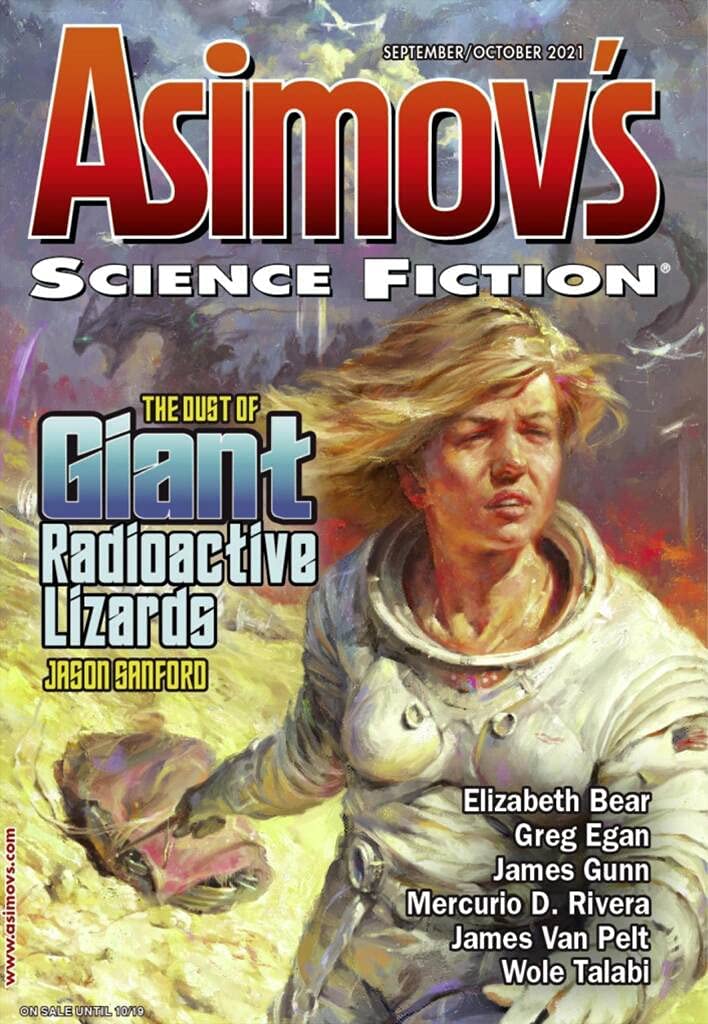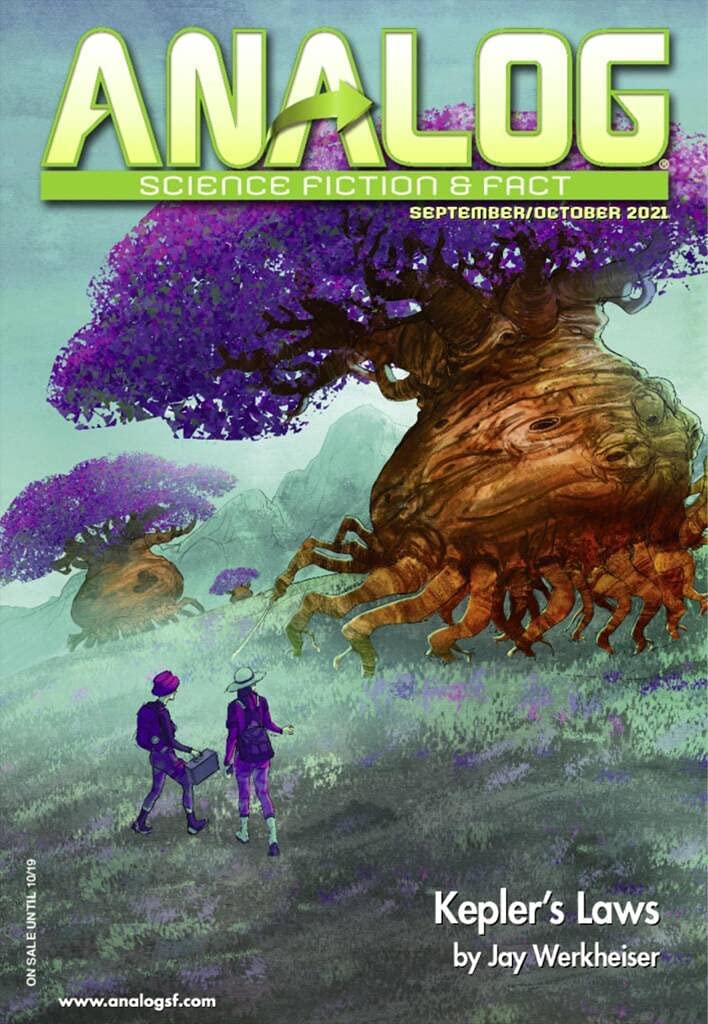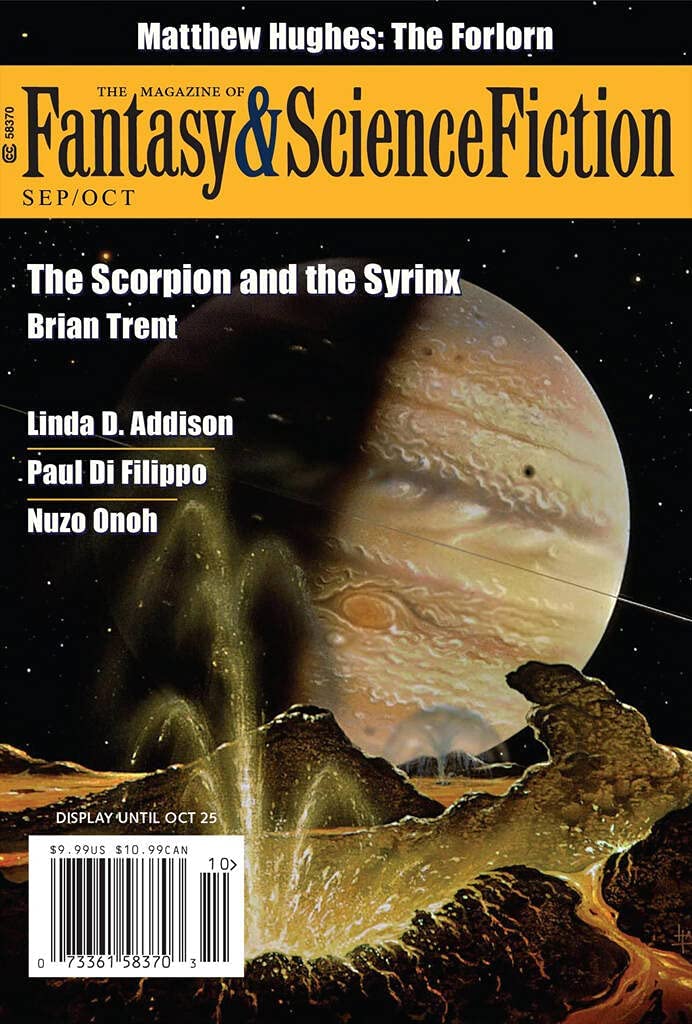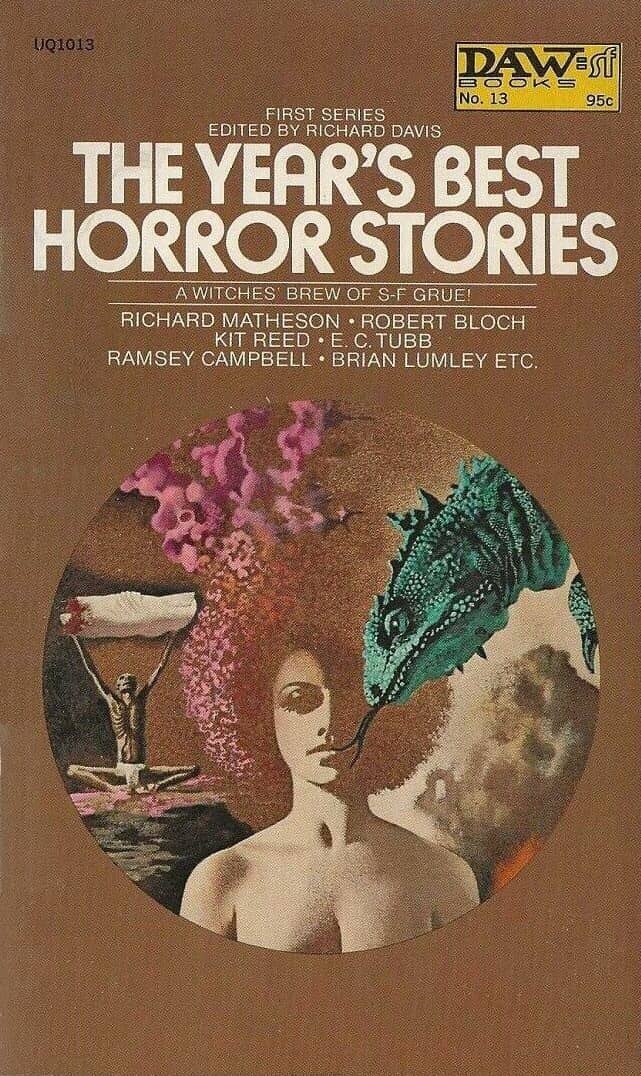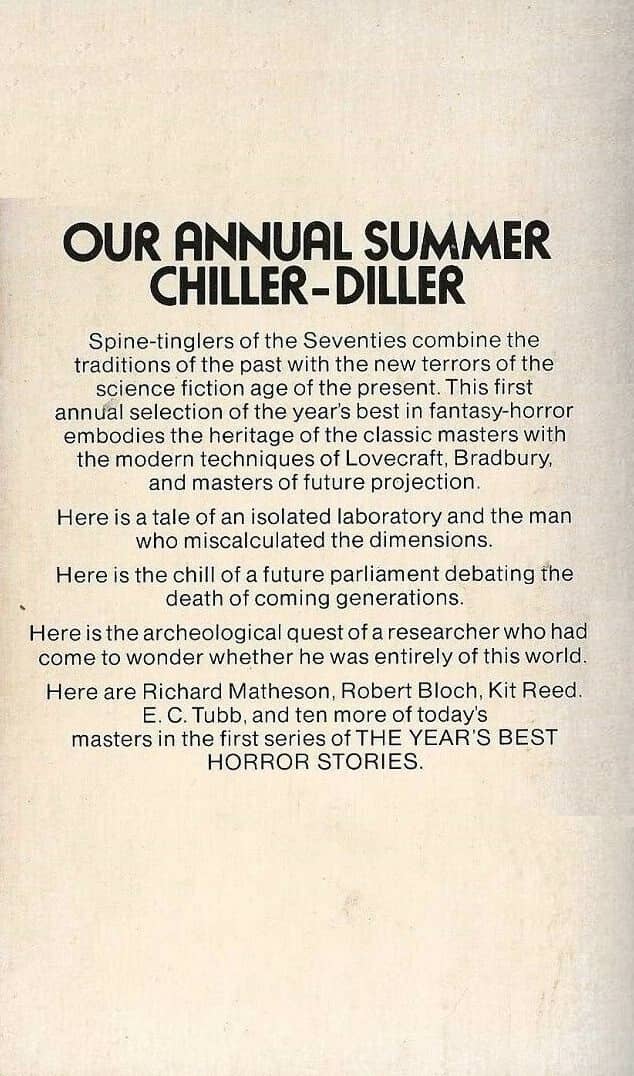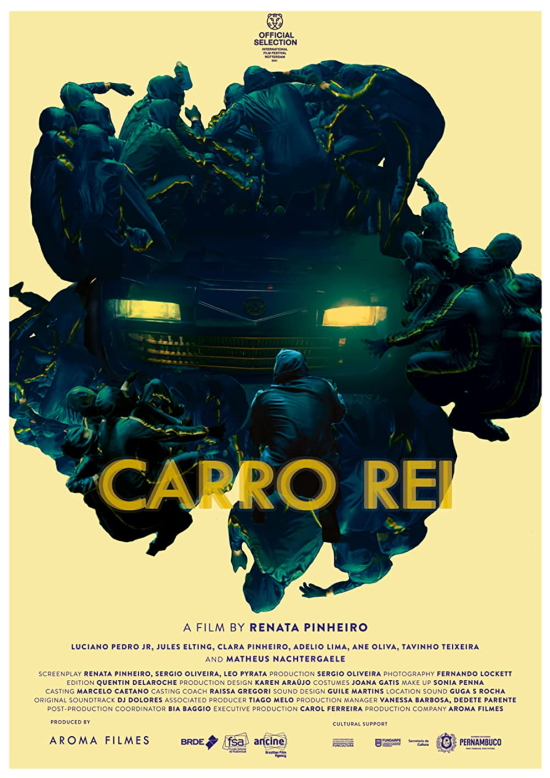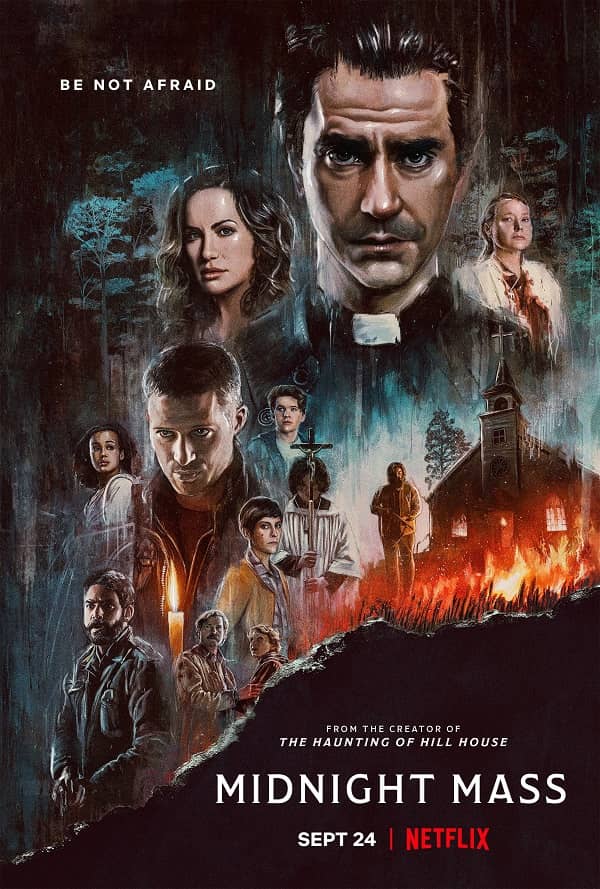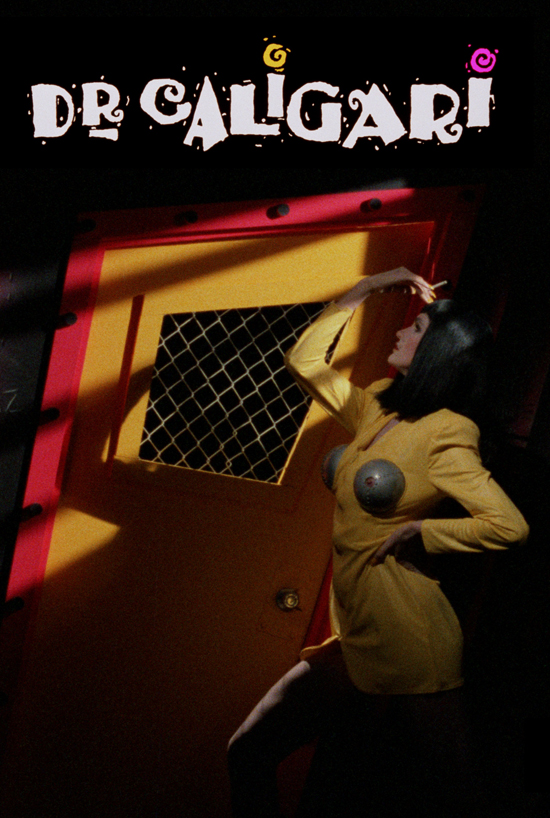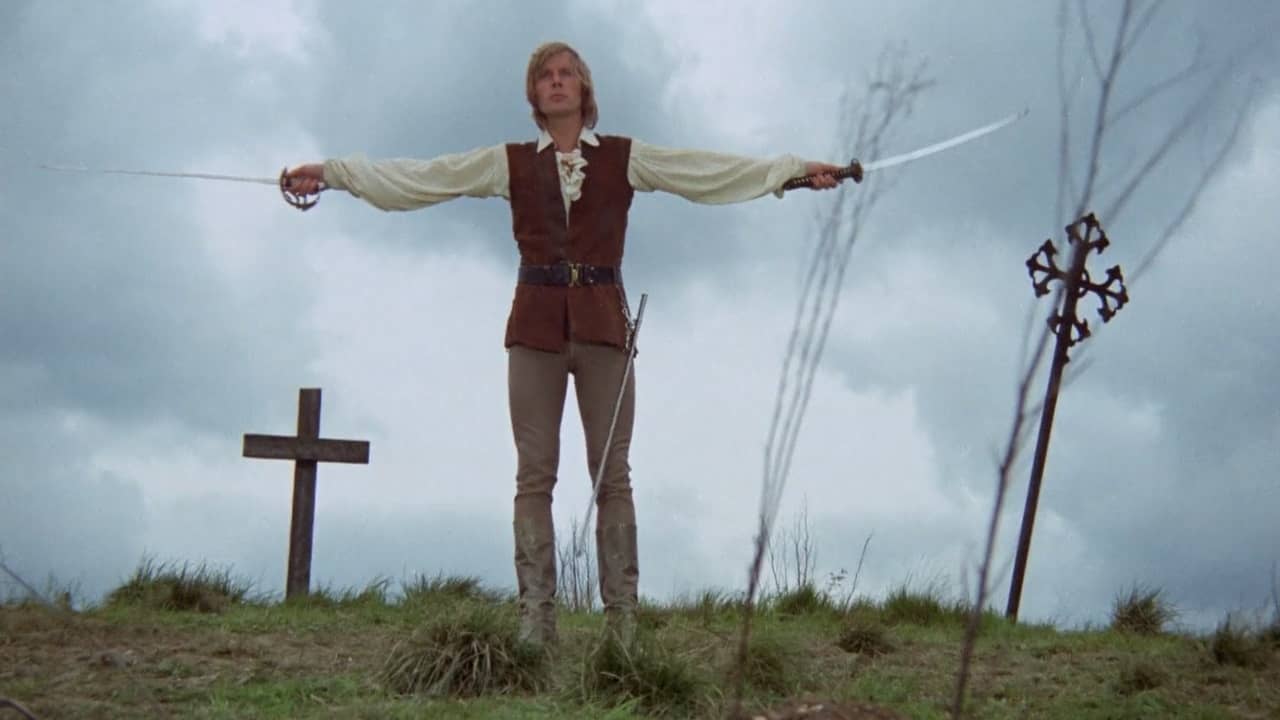New Treasures: The Conductors by Nicole Glover
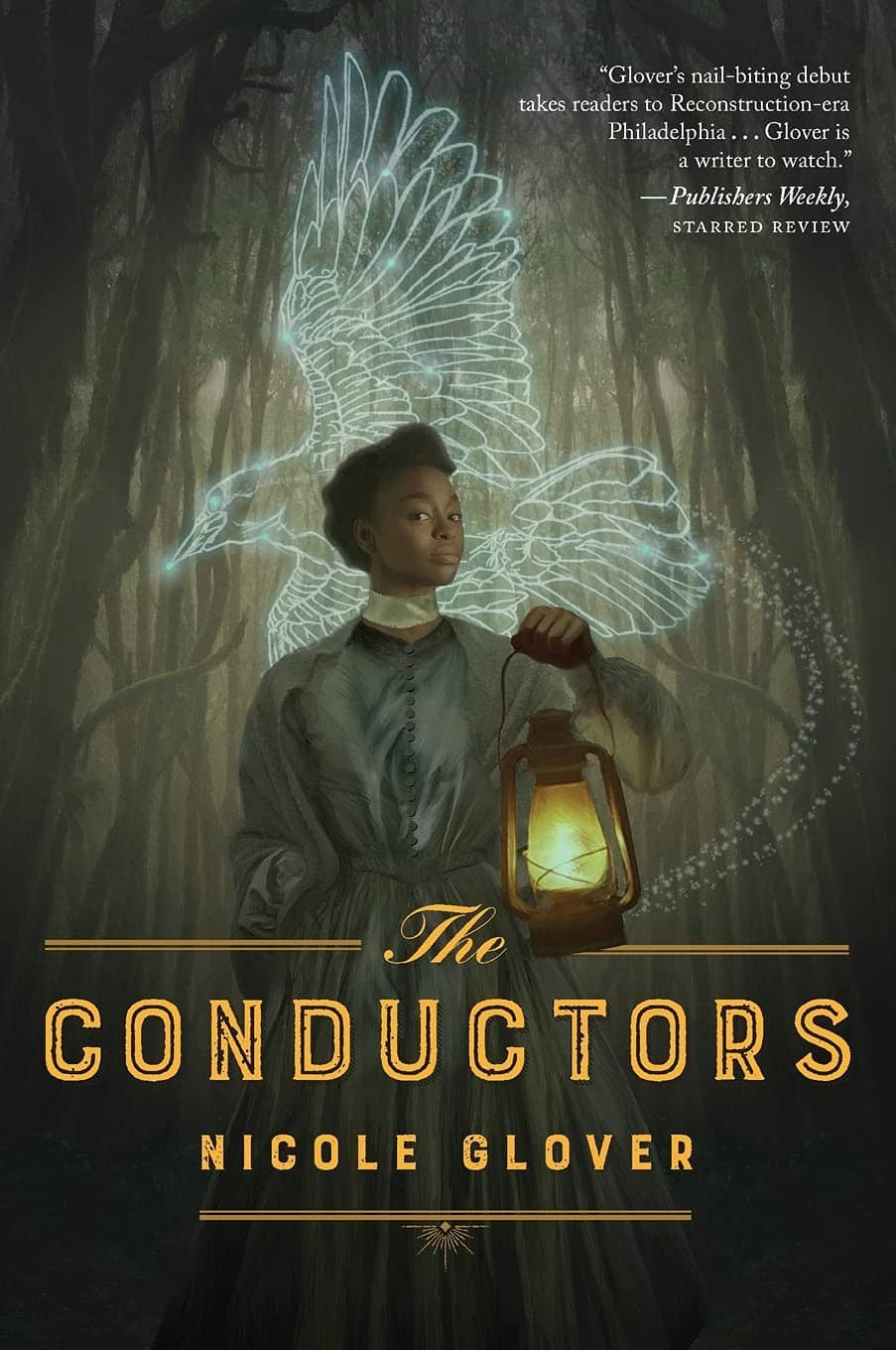 |
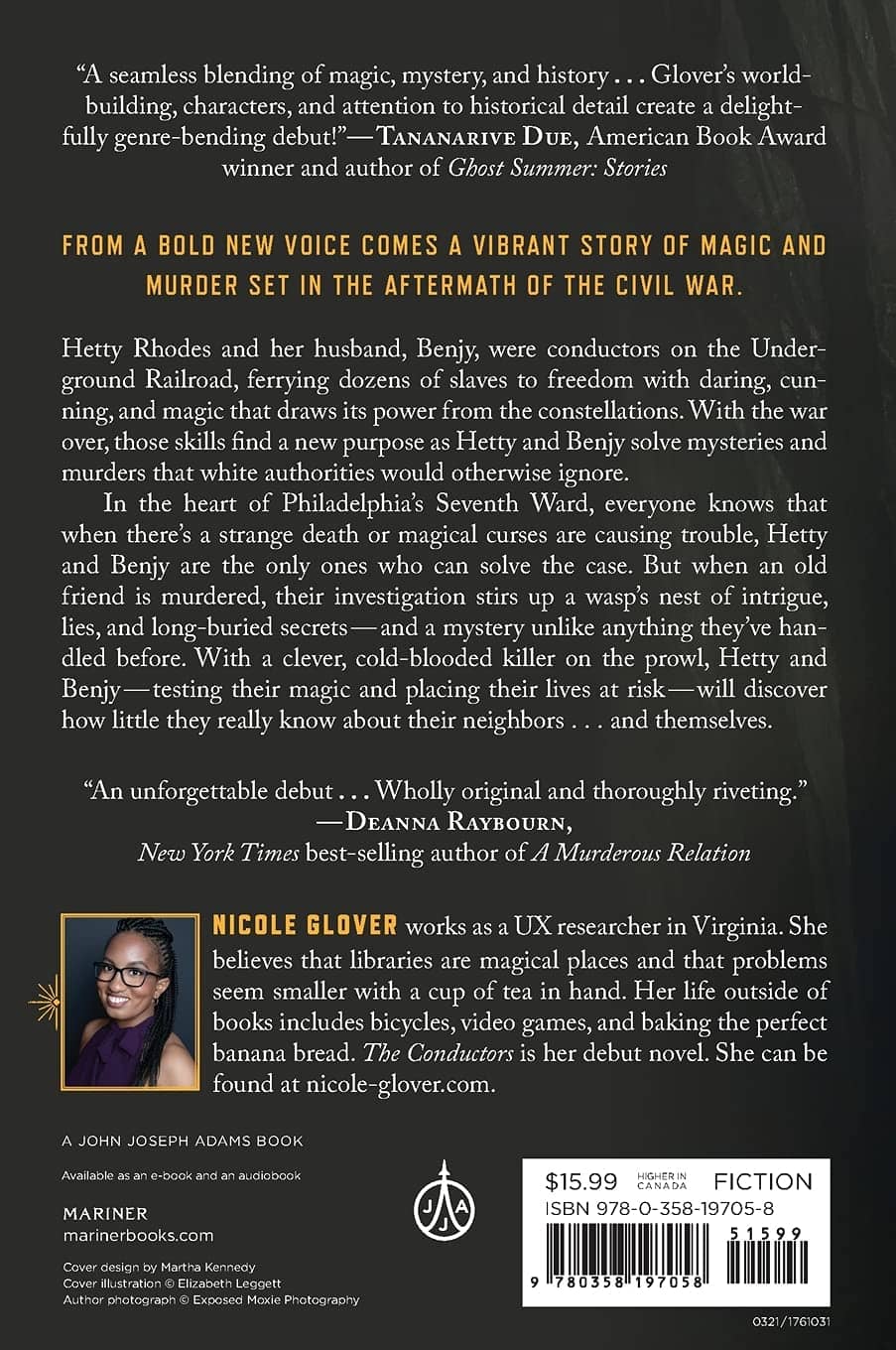 |
The Conductors (John Joseph Adams Books, March 2021). Cover art by Elizabeth Leggett. Click for bigger versions.
As we near the end of 2021 (thank God!), I’m already starting to look back at the big fantasy releases and debuts of the year. One that surprised me was Nicole Glover’s The Conductors, the opening novel in her Murder & Magic series, which follows the adventures of black detectives Hetty and Benjy Rhodes, who pry into cases white police officers deign to investigate in Reconstruction era Philadelphia.
The Conductors was published and edited by John Joseph Adams, the man who pulled my own debut novel out of the slush pile and published it in 2018, so perhaps you can forgive me if I think the man has superb taste. I’m not the only one, however. NPR praises The Conductors as “A history buff’s dream fantasy novel,” and P. Djèlí Clark calls it “a tangled mystery of murder, spellwork, and freedom amid the remnants of slavery’s lingering memories.” Here’s an excerpt from the starred review at Publishers Weekly.

